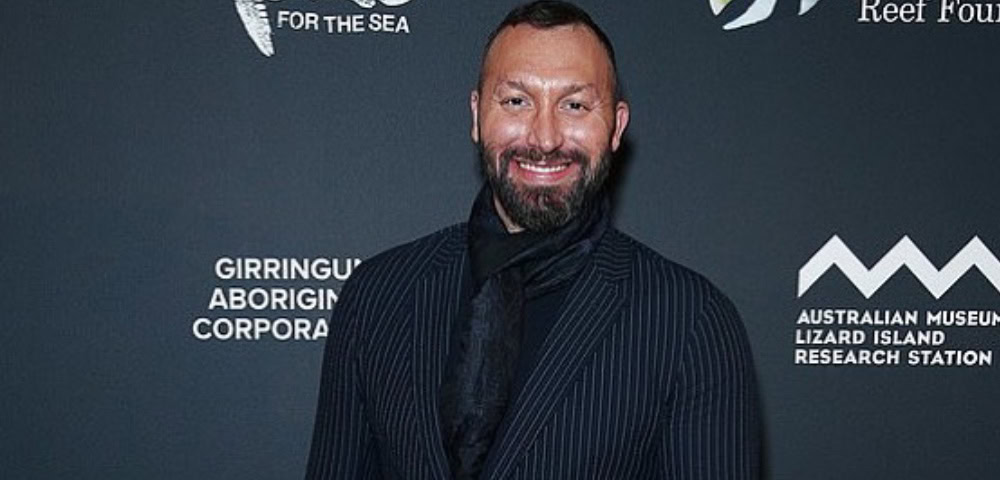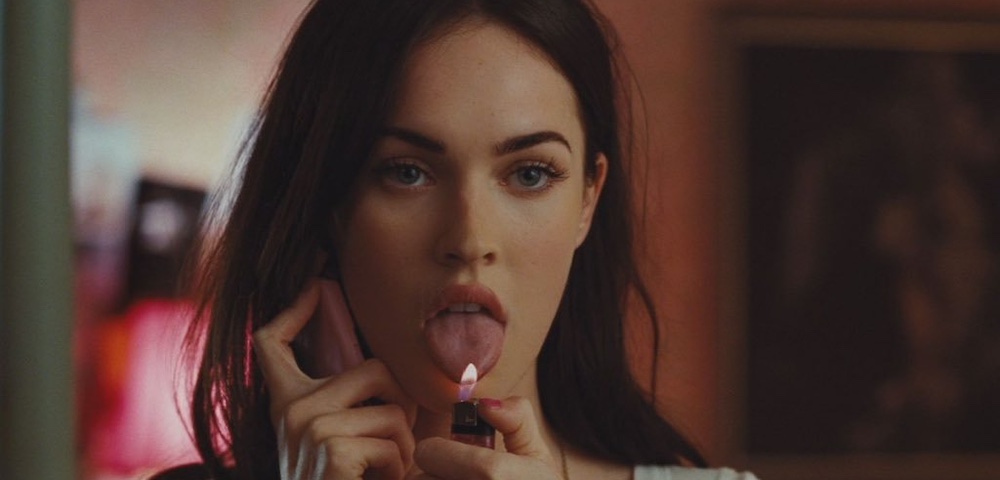
Art Exhibition Explores Australia’s Queer History
On June 9, 1727 the Dutch ship Zeewijk would meet its final fate, becoming shipwrecked on reefs off the coast of Western Australia. The boat did not break up immediately, but the crew knew salvaging the wreck was an impossible task. Our tale here turns to two crew members, who in December of 1727 were no more than boys, boys who were found guilty of having committed sodomy together and whom were then sentenced to death and marooned, each on a separate island.
This piece of nearly forgotten history is the subject matter dealt with head on by artist and academic Drew Pettifer in his latest exhibition A Sorrowful Act: The Wreck Of The Zeewijk. Through photographs, video, audio and installations, this exhibition recontextualises social histories to help us rethink our present.
“In 2017, I was doing a residency at the Australian Tapestry Workshops and was working with Gay and Lesbian Archives doing research into ideas of hiding queer history, which for a long time now has been a really core part of my practise,” Pettifer told Star Observer
“During my research, I came across this narrative around the Dutch ship Zeewijk in a documentary. It was just this 32 second segment talking about this sodomy trial on a Dutch ship in the year 1727 but it turned out to be, as far as historians currently can tell, the first act of engagement with queer history in Australia recorded from a European perspective.”
Drew’s passion is evident as he continues to speak about the exhibition. For a brief moment he pauses, then says of his practice, “I’ve always been interested in art as a form of communication, for me it’s about engaging with narratives and ways of telling stories and moving people through that encounter.
“There is also quite a political drive to my practice too, I explore how our art can engage with discourse, particularly around social change.”
A Sorrowful Act: The Wreck Of The Zeewijk derives from a broader investigation within Drew Pettifer’s work to unearth hidden queer histories through archival art practices. Reflecting on this Drew continues our interview by saying, “I think it’s really important… looking through the historical record gives us an opportunity to reconsider where we come from and where we are going, it allows us to reframe the present by re-contextualising the past.
“In this exhibition one of the art works is a wall-based installation of a map that shows countries that currently execute people for sodomy or homosexuality. What this does is show that this history forms a continuity from past to present, and that these things are still happening in various parts of the world.
“You make these bodies of work, to look at the intersections between art, and as a way of visualising these things too. It’s one thing to read about these things in a book or see them in a documentary, but to encounter them in an exhibition it kind of shifts the way we think about the narrative in ways that are much more bodily and visceral.
“There is something that art can add, that history can never quite realise.”
Exhibited alongside HERE&NOW20: Perfectly Queer, a showcase of new work by eight multidisciplinary queer artists from Western Australia, both exhibitions will be the first since the gallery was forced to close earlier this year.
A Sorrowful Act: The Wreck Of The Zeewijk opens on August 28 at The Lawrence Wilson Art Gallery at The University of Western Australia.
For more information head to: www.lwgallery.uwa.edu.au









